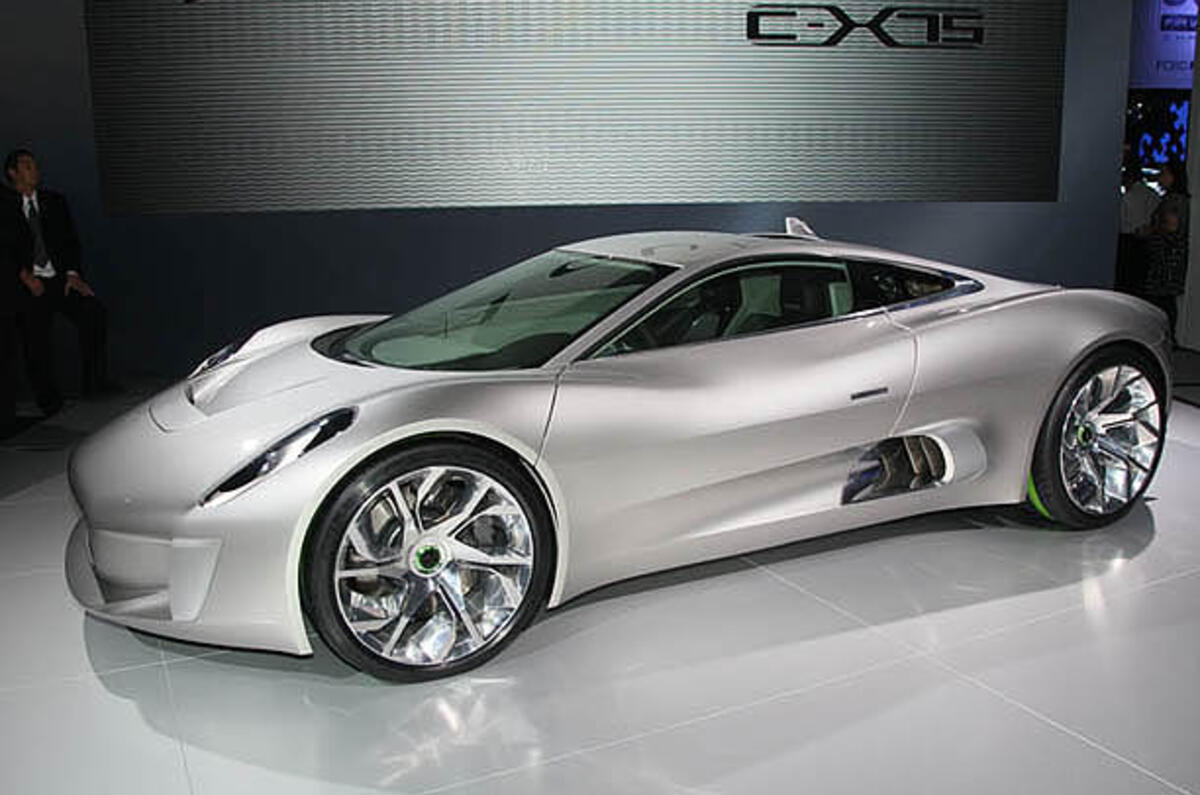The government body supporting breakthrough green automotive technologies, like the micro gas turbines in Jag’s C-X75 concept, has survived the ‘bonfire’ of the quangos announced today.
The Technology Strategy Board will continue to provide help and ‘seed’ funding for new car-industry technologies as it has since being formed in 2007.
In that time the TSB has paid out £100m for 72 low carbon vehicle projects, funding that has been matched by industrial companies to channel a total of £200m into innovative automotive technology in the last three years under the TSB.
As well as helping Bladon Jets develop its micro gas turbines, the TSB has funded Jag’s Limo Green project with Lotus Engineering, flywheel hybrid technology, and most importantly the UK-wide trials of electric vehicles, under the Ultra Low Carbon Vehicle Demonstrator project. The fleets of Mini-Es, plug-in hybrid Toyota Priuses and Smart EVs currently operating in the UK, are all part-funded by the TSB.
The Ultra Low Carbon Vehicle Demonstrator is the TSB’s single biggest automotive project, attracting £25m of funding alone to put over 200 EVS and plug-in hybrids on UK roads to evaluate the operational practicalities and problems.
That project’s scope includes charging infrastructure and the need to beef up the local electricity grid to cope with re-charging the thousands of EVs forecast to be on the roads by 2020.
Although the TSB has survived, its mode of operation is likely to change. Funding of projects has been shared with the Regional Development Agencies, which are being swept away under cost-cutting reforms.
Read more on the Jaguar Limo Green
Apart from having to battle harder for scarcer government funds, the TSB may end-up with a wider role on national projects like the Ultra Low Carbon Vehicle Demonstrator.
The TSB, part of Vince Cable’s industry department, administers government research and development money for cars through its grandly-titled Low Carbon Vehicles Innovation Platform, which is expected to continue working possibly up to 2017, depending on the need to keep supporting new technology.
That should take its operations close to the 2020 date when the EU expects the average carbon footprint of the European auto industry to have fallen to 95g/km, demanding significant numbers of EVs and plug-in hybrids.






Add your comment